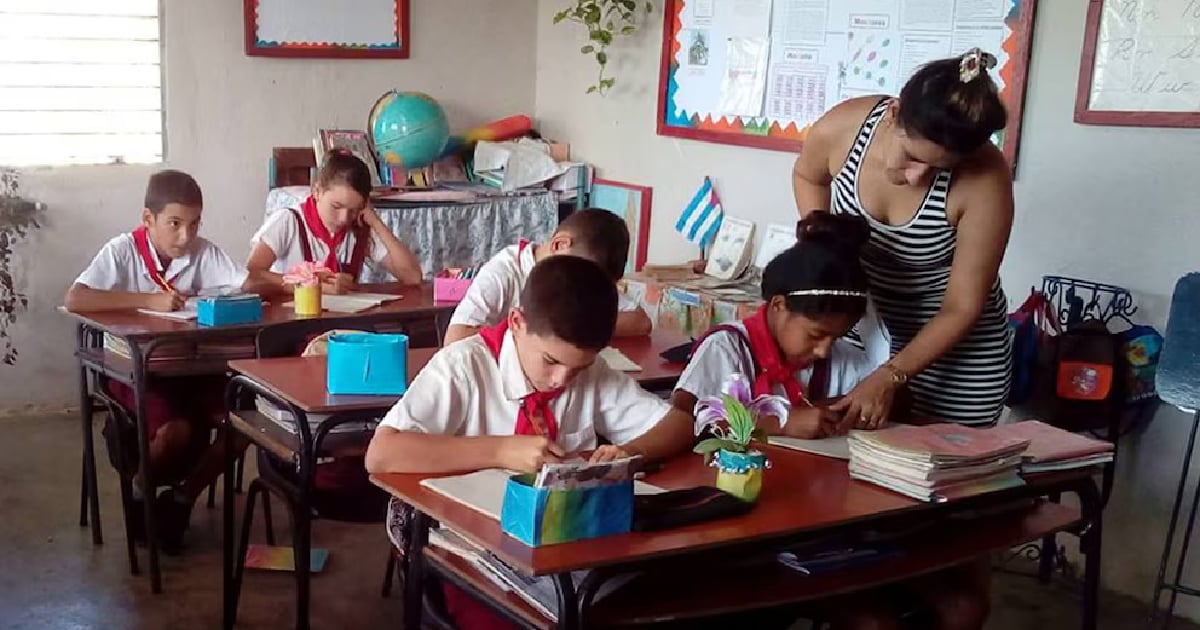The Cuban government has announced the suspension of classes starting this Tuesday across all western territories of the island, as they brace for the potential impact of Tropical Storm Rafael, which is expected to strike Cuba as a hurricane. Late Monday night, the Cuban Presidency revealed via social media that academic activities would be canceled in the provinces of Matanzas, Mayabeque, Havana, Artemisa, Pinar del Río, and the special municipality of Isla de la Juventud.
The National Civil Defense Headquarters has issued a hurricane alert for these six regions starting at 3:00 PM on Monday. Authorities are advised to implement necessary measures to safeguard people and protect property from the impending storm.
Meanwhile, provinces stretching from Villa Clara to Camagüey remain under an Informative Phase, declared on Sunday. Residents in these areas are urged to closely monitor any rainfall associated with the tropical system.
Preparation and Communication Amidst the Storm
In its second advisory on what was then Tropical Depression 18, the Civil Defense urged residents in the affected provinces to stay updated on the storm's progression and follow instructions from local authorities. Just two hours after this advisory was issued, the United States’ National Hurricane Center (NHC) reported that the depression had intensified into Tropical Storm Rafael. The storm is expected to strengthen further before reaching western Cuba as a hurricane by Wednesday.
As of 10:00 PM, the center of Tropical Storm Rafael was located near latitude 16.3 North and longitude 77.2 West, moving north-northwest at roughly 12 mph (19 km/h). The NHC's advisory number 6 anticipates a shift towards the northwest with a slight increase in speed over the coming days. Rafael's maximum sustained winds are currently around 45 mph (75 km/h), with stronger gusts expected, and the storm is forecasted to rapidly intensify over the next 24 to 36 hours.
Forecast and Potential Impact
The storm is projected to evolve into a hurricane by Tuesday night in the northwest Caribbean, near the Cayman Islands, before further strengthening as it approaches Cuba. Rafael's tropical storm-force winds extend outward up to 105 miles (165 km) from its center. The estimated minimum central pressure, based on data from a U.S. Air Force reconnaissance aircraft, is 996 mb (29.42 inches).
On Sunday, Cuba's Minister of Education, Naima Ariatne Trujillo Barreto, had already announced that, due to the changing weather conditions, boarding students who were away for the weekend would not return to their schools.
